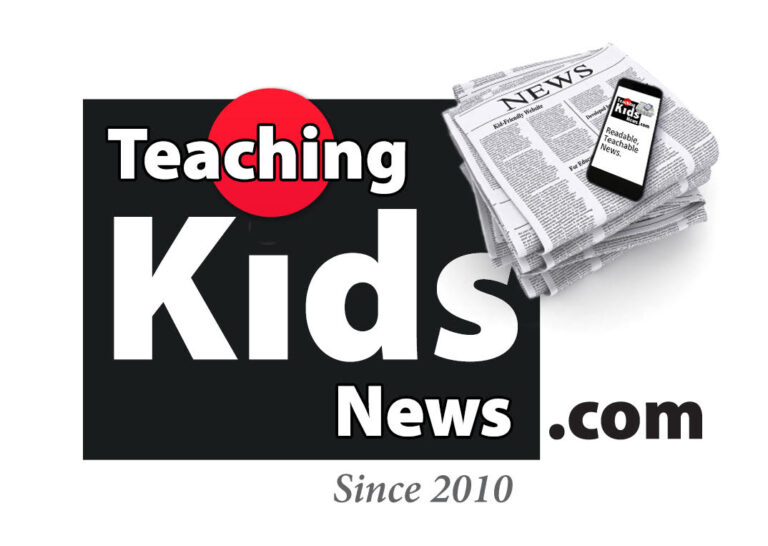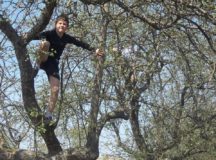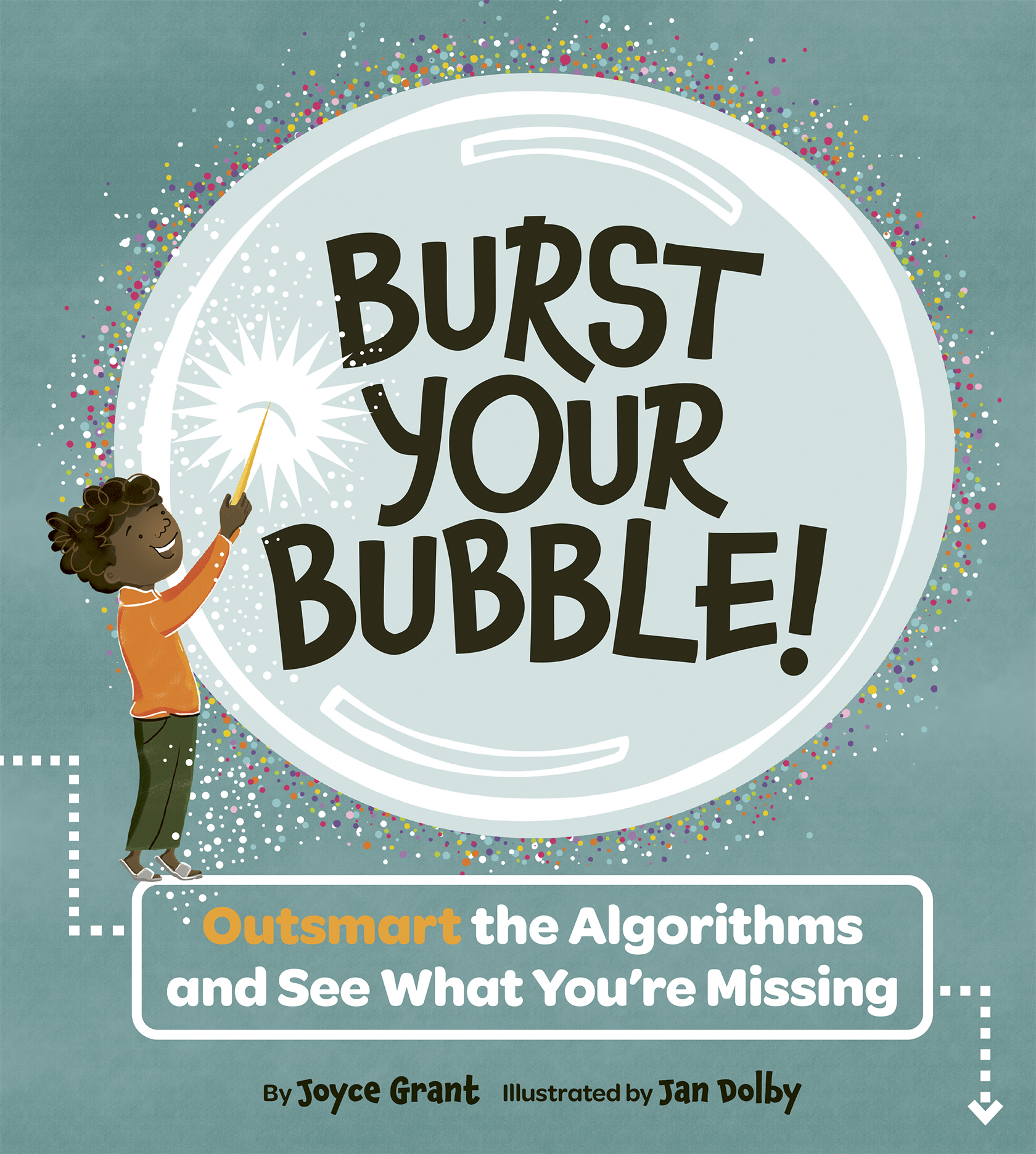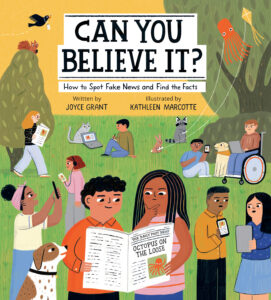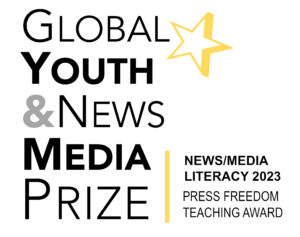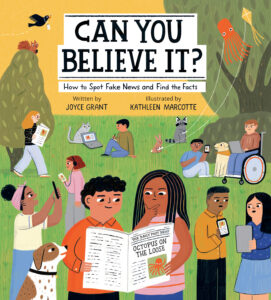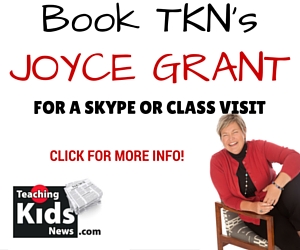The Nobel Prize is one of the biggest prizes in the world.
Dr. Strickland will share the prize with Dr. Gérard Mourou of France and Dr. Arthur Ashkin of the United States.
All three scientists won for their work creating tiny (miniature) tools using lasers.
The prize is $1.28 million. It will be divided among the three scientists. Half the money will go to Dr. Ashkin. Dr. Strickland and Dr. Mourou will share the other half.
Author: Monique Conrod
Teen’s Project Helping To Clean The Ocean
A teenager’s dream of cleaning up the world’s oceans may soon come true.
Boyan Slat is a high school student who lives in Holland, in Europe. Seven years ago, he was swimming in the ocean. He saw more trash in the water, than fish. So for a school project, he made a plan to clean up the ocean.
In 2013, Slat formed a group called The Ocean Cleanup. It raised money to put Slat’s water clean-up plan in action.
On September 8, Slat’s plan began.
In the ocean between California and Hawaii is a lot of floating garbage. It is known as the Great Pacific Garbage Patch.
Slat’s group will clean it up using a floating tube. The tube will go around the garbage and trap it.
Eating Healthy Can Lead To Better Grades: Studies
Four scientific studies, released last year, may help children make better choices about the food they eat. In one study, researchers from Ohio State University found that the amount of fast food children eat – things like burgers, fries and soft drinks – can affect how well they do in school. The researchers compared eating habits and test scores for more than 11,000 students across the United States. Grade five students were asked how often they ate fast food, and then they were tested on reading, math and science. The students were tested again in grade eight. The researchers found that students who had reported eating fast food four to seven times a week when they were in grade five performed worse on the grade eight tests than students who rarely ate fast food.
How Much Food Do You Waste?
If all the food that’s thrown away in three American cities could be saved, it would provide 68 million meals for people who don’t have enough to eat, according to a recent study.
A team of researchers in the United States spent a week looking through the garbage bags of 1,151 people living in Denver, New York and Nashville. The researchers wanted to know what kind of food was being thrown away, how much there was, and why it was being tossed.
By asking these questions, the researchers hoped to find ways to reduce the amount of food we throw away, and to give some of that food to people who need it.
The researchers found that, in the cities they surveyed, more than a kilogram of edible food per person is wasted each week. (Edible food is food you can eat. It doesn’t include things like apple cores, egg shells, or bones from meat.)
Fruits and vegetables were the most common edible foods found in the trash, followed by food leftover from meals. Eggs, bread and milk were also commonly thrown out.
“Adventure” Playgrounds Can Build Confidence
At a place called The Land, in Wrexham, Wales, the ground is littered with pieces of wood, old tires, packing crates, and shopping carts. It looks like a junkyard, but it isn’t. It’s a playground.
There’s also a fire pit, hammers and saws, and a rope swing across a creek. Some of the equipment can be dangerous, but the people who run the playground believe that letting children take some risks is good for them.
The Land was created by Claire Griffiths, who has two children of her own. She wanted to build a space where children could play the way they wanted and experiment with different things, without a lot of rules.
(Grades 4-6 Science and Language Arts) “How Much Food do you waste?”
ACTIVITY FOR GRADES 4-6 Based on TKN article: “How Much Food Do You Waste?” by Monique Conrad In-Class Activity by Pauline Olthof-Youn SCIENCE/MATH, GRADES 4-6 Teacher brings in a fruit or vegetable, bread, butter close to best-before date Date is […]
The Truth About Tech
Some of the people who created many popular apps are telling kids to put their phones away–at least, a bit more often.
The Center for Humane Technology is made up of people who used to work for big tech companies like Google, Facebook and Twitter. Now they want kids to stop using those apps and websites so much.
In early February the Center, along with Common Sense Media, launched an awareness campaign called the Truth About Tech. Its goal is to teach students, parents and teachers about the dangers of spending too much time on smart phones and tablets.
Cave On The Moon Could Be Base For Astronauts
Scientists from JAXA, the Japanese space agency, say they have discovered an enormous underground cave on the moon.
The discovery is exciting because the cave could provide a safe place for astronauts to live and work on future missions to the moon.
In 2009, a lunar probe launched by JAXA sent back images of the cave’s entrance. The probe used radar to determine the underground structures below the entrance and sent the information back to JAXA to be analyzed.
In October, JAXA announced that there appears to be a cavern about 50 kilometres (31 miles) long and 100 metres (328 feet) wide leading from the opening.
Scientists say the cave could make an ideal base for astronauts. It would protect the astronauts and their equipment from the extreme heat and cold on the moon’s surface. It would also help keep them safe from micrometeorites (tiny particles of space dust) that land on the moon, and from the harmful rays of the sun.
33% Of Canadians Say They Are Science Illiterate: Survey
Science plays an important part in our everyday lives. But according to a recent survey, one out of three Canadians don’t feel they really understand it.
The Ontario Science Centre posted a “science literacy” survey online last August. People answered questions about how well they understand scientific information, and whether they believe and trust information they get about science from the media.
Most of the people who took the survey consider themselves “science literate.” That means they feel they have a reasonable knowledge of things like how science is done (scientific methods) and recent discoveries in science.
Cassini: Mission Accomplished
The Cassini space probe’s 20-year mission to Saturn is over. On September 15, at 4:55 a.m. Eastern Time on Earth, the spacecraft entered the atmosphere around Saturn. Moments later, it was destroyed. Cassini was launched in 1997. It had been […]
